Bean diseases and pests
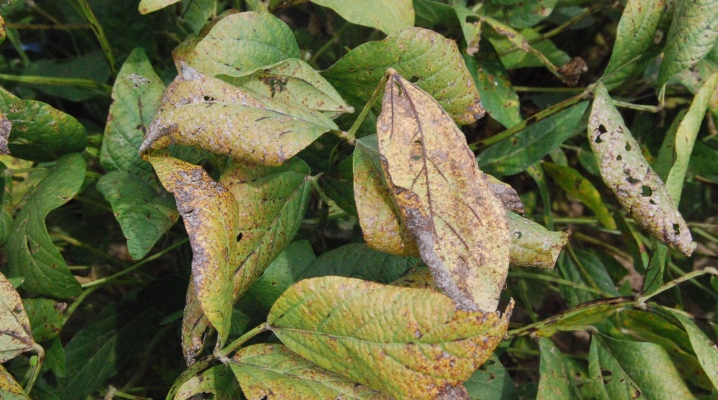
Legumes can be damaged by a wide variety of pests and diseases. The main problem is often diagnostics, which, unfortunately, is not always timely. This means that the entire crop may suffer. In this article, we will take a closer look at the main causative agents of diseases of legumes, insects that attack them, and also get acquainted with effective measures to combat them and methods of prevention.
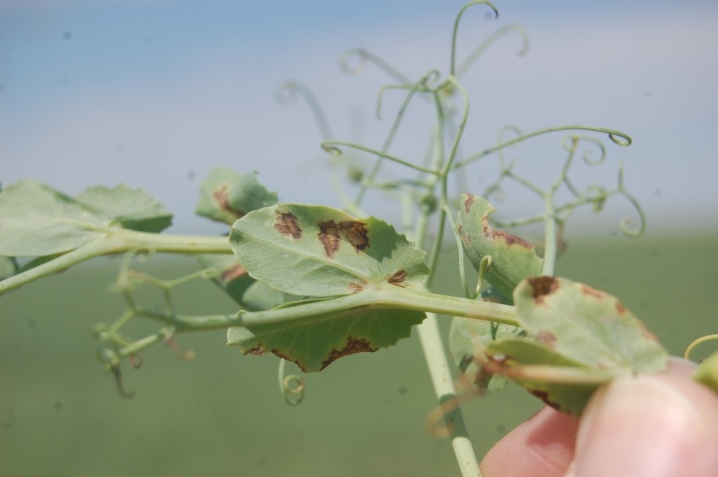
Treatment of diseases
The legume family is quite often susceptible to the occurrence of fungal diseases, as well as viral and bacterial.
- Often, beans can be attacked by a disease such as powdery mildew, in the fight against which sulfur pollination effectively helps. Usually 250-300 g per 100 square meters are used. Processing is best done before and after flowering. Powdery mildew can affect not only the leaves, but also the stems of plants. The disease is caused by spores of fungi, according to external characteristics, this ailment can be determined by the characteristic white bloom on the plant.
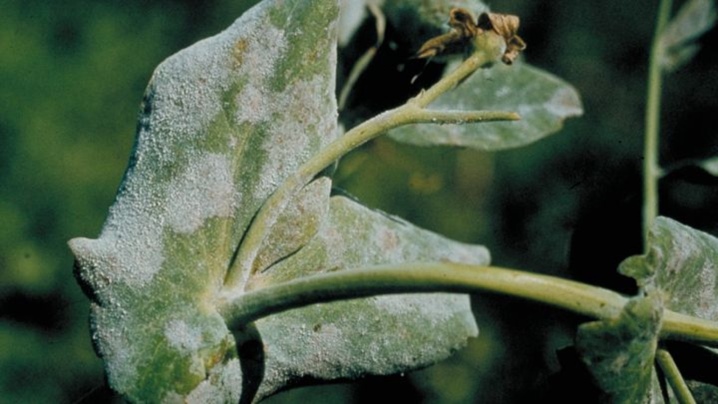
- Beans and peas are very often susceptible to the appearance of the so-called rust., which is manifested by the presence of characteristic orange-brown spots on the leaves of plants. As control measures, you can use proven fungicides, as well as free the area from weeds in a timely manner.
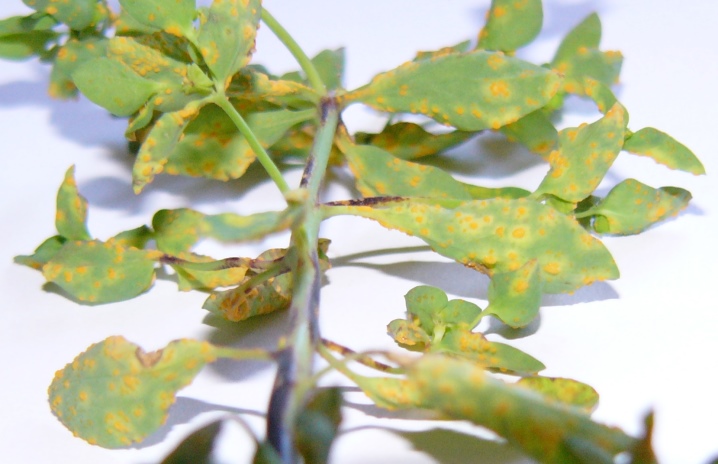
- Gray mold is a common disease. Usually, to prevent it, the seeds of the beans are soaked in special solutions before planting. Also, timely agrotechnical measures adapted specifically for legumes can overcome the disease.
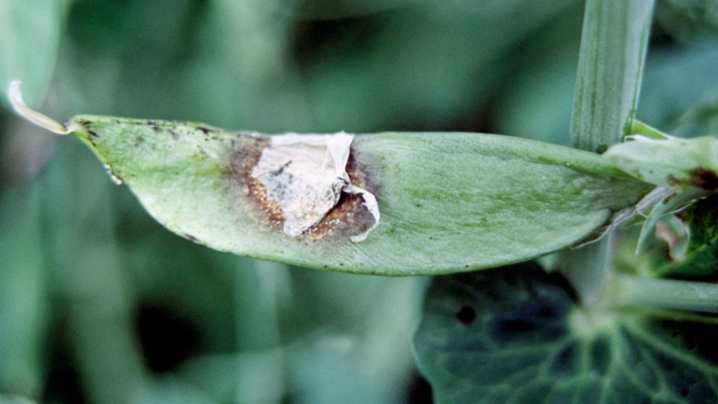
- Bean bacteriosis. An external manifestation is the appearance of brown spots on foliage, stems and directly on the beans. For the treatment of the disease, special biological preparations of the "Barrier" type should be used, which can be used to treat the affected areas. This drug is also suitable for treating bacterial spotting of beans and beans, but it is important to remove the affected areas, and use the drug itself for spraying during the growing season.
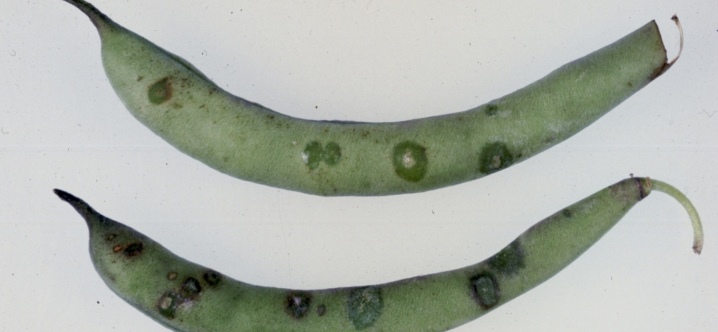
In case of fungal diseases that occur during the period of active fruiting, it is recommended to disinfect the affected areas by dusting with crushed charcoal.
How to treat pests?
As a preventive measure to combat potential pests, you can use traditional methods like decoctions and tinctures on natural raw materials. If the pests have already managed to settle on the beans, then there is a high probability that chemicals will have to be used.
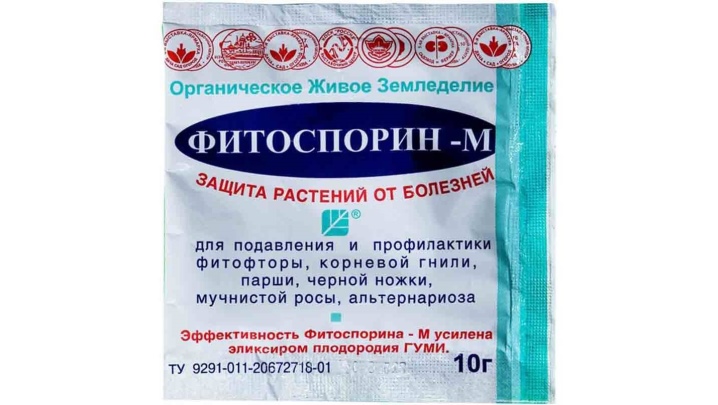
One of the most common pests is leguminous and pea aphids. In addition, where aphids are, there are very often other pests - ants. Aphids are very similar to white small midges, but there are also black insects. Chemical control agents are recommended to be used only with a large number of aphids.
From folk methods, an infusion of garlic, which is very easy to prepare, is perfect.
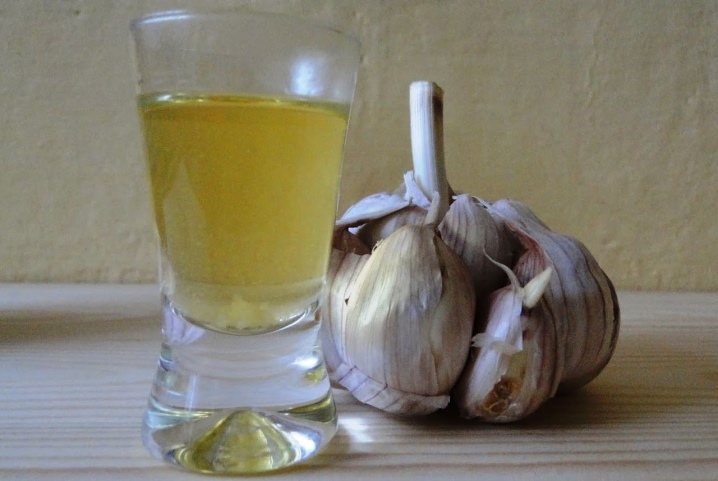
To do this, you will need several large cloves of garlic, which are important to chop very finely, and even better to transfer, as well as a liter of hot water. Garlic is poured into a jar, everything is filled with water and closed with a lid. After infusion for 24 hours, the infusion can be used by pre-filtering it.
Besides, if there is an anthill on the site, you should get rid of it. After all, ants always attract aphids.
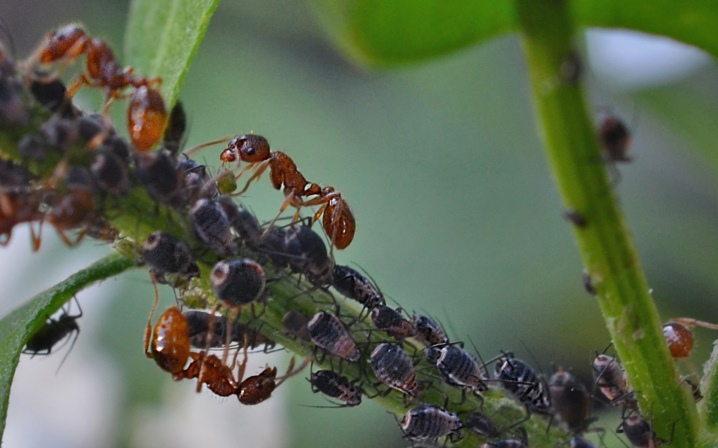
Garlic infusion is perfect not only for getting rid of aphids on beans, but also for scaring away other insects, including mosquitoes, ticks, weevils, caterpillars and other pests.
It should be understood that folk remedies are not always effective. To increase the chances of winning in the fight against insects, it is very often recommended to collect them mechanically, that is, by hand, and then start processing.
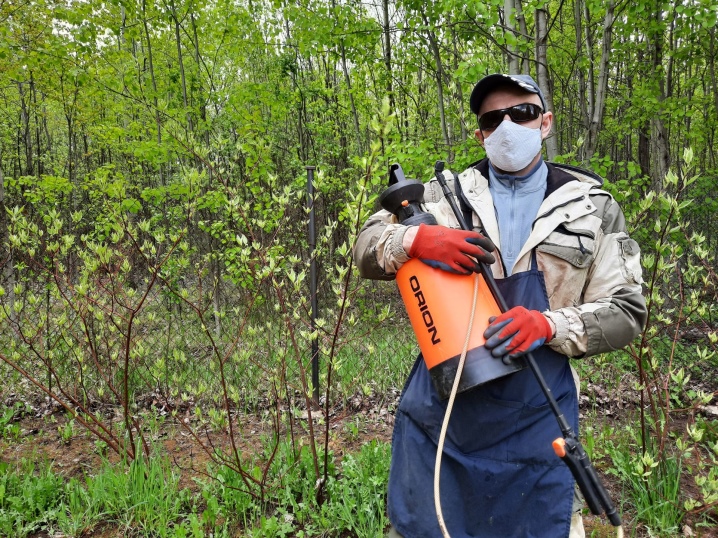
Prophylaxis
The system of correct agrotechnical measures in most cases allows you to prevent a lot of diseases, as well as the attack of beetles, ticks and other insect pests. This includes timely preventive treatment, correct fertilization, and watering. It should be remembered that in too moist soil, plants are very susceptible to many diseases, which is why it is categorically impossible to pour beans.
As for the chemical method of prevention, in this case, experts pay attention to regular preventive treatments of legumes before planting them, including heat treatment of seeds in order to disinfect them.
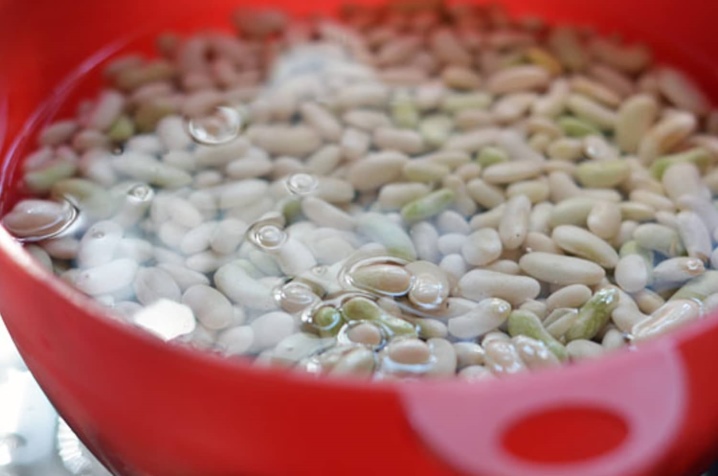
Already affected plants, as well as their foliage, should be burned in a timely manner. This allows you to destroy not only the spores of bacteria and fungi, but also the eggs of many parasites, which can perfectly overwinter, and then attack young plants again. Bordeaux mixture can be used as a preventive measure.
After harvesting, the soil is also recommended to be disinfected. For this, not only chemicals are suitable, but also folk remedies.
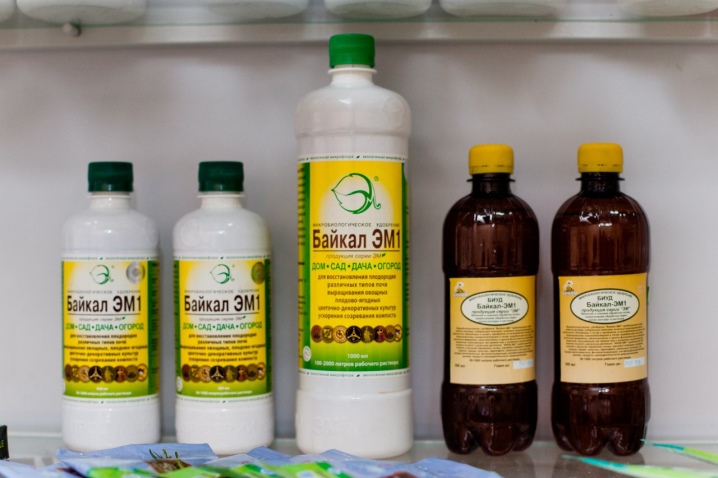













The comment was sent successfully.